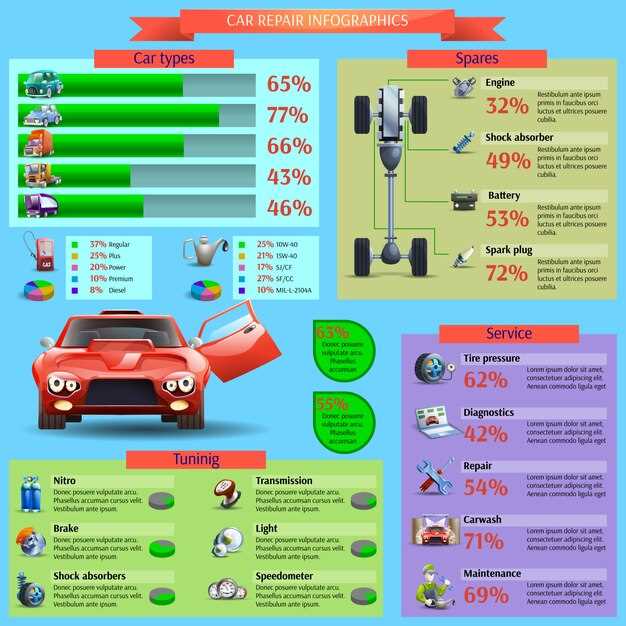
Widebody kits have become increasingly popular among car enthusiasts looking to enhance the aesthetic and performance of their vehicles. These kits, which typically include wider fenders, bumpers, and side skirts, provide a more aggressive stance and can accommodate wider wheels. However, while they offer several advantages, there are also notable drawbacks to consider before making a purchase.
One of the most significant pros of widebody kits is the improved handling and stability that wider tires can provide. By increasing the vehicle’s overall track width, drivers can experience enhanced grip during cornering, allowing for a more dynamic driving experience. Additionally, many car enthusiasts appreciate the unique visual appeal that widebody kits add, making their vehicles stand out in a crowd.
On the flip side, widebody kits can introduce several disadvantages that potential buyers should be aware of. The installation process can be complex and may require professional assistance, leading to increased costs. Furthermore, altering a vehicle’s body can sometimes lead to legal issues depending on local regulations, as well as potential challenges with insurance. Ultimately, understanding both the pros and cons of widebody kits is crucial for making an informed decision.
Enhanced Aesthetic Appeal: Do Widebody Kits Really Improve Car Looks?

Widebody kits are designed to enhance the visual appeal of a vehicle, often giving it a more aggressive and sporty stance. One of the primary reasons car enthusiasts opt for these kits is the dramatic transformation they can bring. The added width allows for larger wheels and tires, contributing to a more powerful presence on the road. This aspect alone can make a car stand out in a crowd, elevating its overall aesthetic dramatically.
Moreover, a well-designed widebody kit can be customized to suit individual preferences, enabling owners to express their unique style. Various materials, colors, and finishes are available, allowing for a tailored look that reflects personal taste. This customization aspect often enhances the emotional connection between the car and its owner.
However, there are also some cons to consider. While a widebody kit can indeed improve a car’s appearance, there is a risk of overdoing it. If the kit is too extreme or poorly integrated, it can detract from the vehicle’s original design, leading to an unbalanced look. Additionally, some may argue that these modifications can make a car appear less sophisticated, depending on the execution.
In conclusion, while widebody kits can significantly improve a vehicle’s aesthetic appeal, it is crucial to choose designs that complement the car’s original characteristics. A thoughtful approach can ensure that the benefits outweigh the cons, resulting in a stunning final look that enhances the vehicle’s overall presence.
Performance Impact: How Do Widebody Kits Affect Handling and Speed?
Widebody kits are a popular modification among car enthusiasts looking to enhance the aesthetics and performance of their vehicles. The impact of these kits on handling and speed can vary based on several factors. Below are the pros and cons associated with the performance implications of widebody kits.
- Pros:
- Improved Stability: The wider stance enhances stability, particularly during high-speed cornering, reducing the likelihood of roll.
- Enhanced Grip: A wider track provides better tire contact with the road, increasing grip and traction, which can significantly improve acceleration and cornering capabilities.
- Customization Options: Many kits allow for the installation of larger tires, which can further improve handling characteristics.
- Better Aerodynamics: Certain widebody kits are designed with aerodynamic improvements in mind, helping to reduce drag and increase downforce at speed.
- Cons:
- Weight Addition: Some kits add unnecessary weight, which can negatively impact acceleration and overall speed if not carefully designed.
- Altered Dynamics: The changed weight distribution and center of gravity may require adjustments in suspension tuning, which can complicate the driving experience.
- Increased Tire Wear: Performance-oriented wider tires may lead to uneven tire wear if the alignment is not properly adjusted.
- Cost of Upgrades: Additional components, such as stronger suspension or brakes, may be needed to fully benefit from a widebody kit, incurring extra costs.
In conclusion, while widebody kits can provide multiple performance benefits such as improved grip and stability, they can also pose challenges like added weight and altered vehicle dynamics. Enthusiasts should carefully consider their specific goals and the comprehensive impact of the kit on handling and speed.
Installation and Cost Considerations: What to Expect with Widebody Kits?

When contemplating a widebody kit for your vehicle, it’s imperative to understand both the installation process and the associated costs. These factors can significantly influence your decision and overall satisfaction with the upgrade.
The first aspect to consider is the installation itself. Widebody kits typically require extensive modifications to your vehicle’s body, including cutting, welding, and possibly repainting panels to ensure a seamless fit. It’s crucial to have the kit installed by a professional with experience in such modifications. While some DIY enthusiasts may attempt the installation, improper handling can lead to costly mistakes and poor aesthetics.
In terms of cost, widebody kits can range widely based on materials, design complexity, and the reputation of the manufacturer. Basic kits may start at a few hundred dollars, while custom, high-quality kits can reach several thousand. Additionally, professional installation can add to the expense, often ranging from several hundred to a few thousand dollars depending on the complexity of the job.
It’s also essential to consider potential additional costs. For example, upgrading suspension components or wheels might be necessary to accommodate the increased width of the vehicle. These modifications can enhance performance but will also increase the overall investment in your widebody project.
Ultimately, weighing the pros and cons is vital. The pros of a widebody kit include improved aesthetics, enhanced stance, and increased tire clearance. Conversely, the cons can involve high costs and potential complications during installation. Understanding these factors will help you make an informed decision about whether a widebody kit is the right choice for your vehicle.



